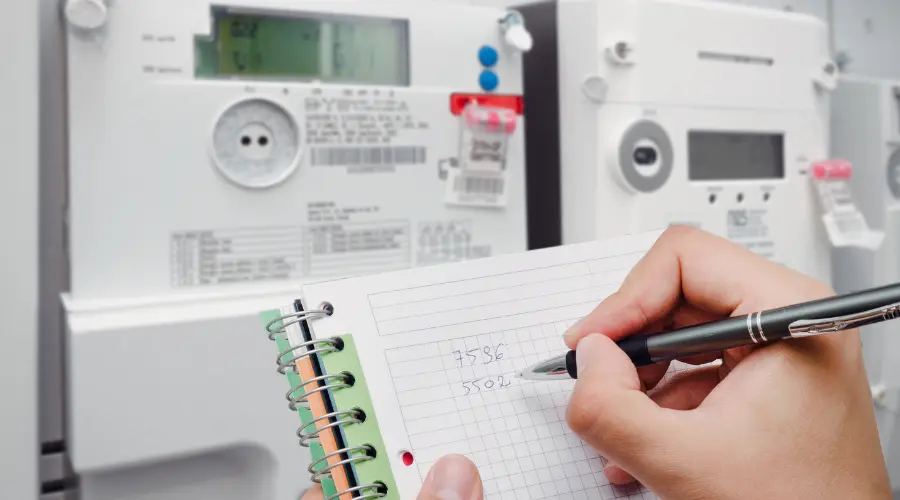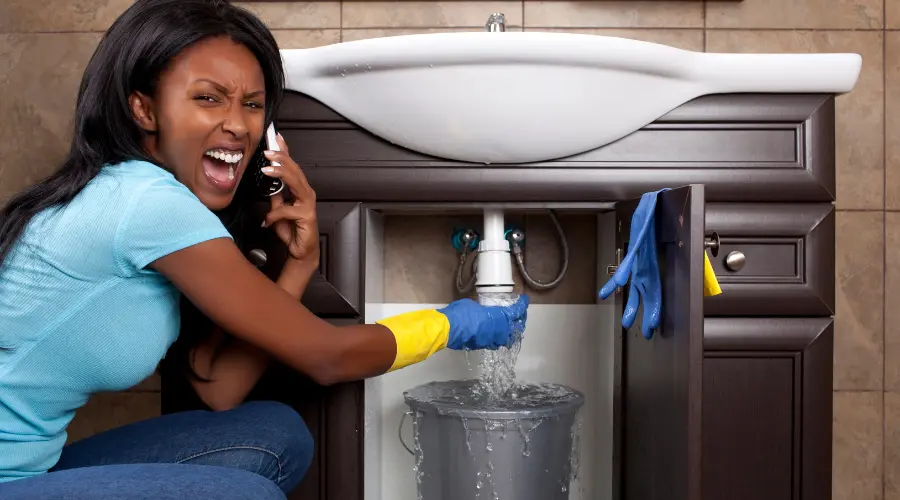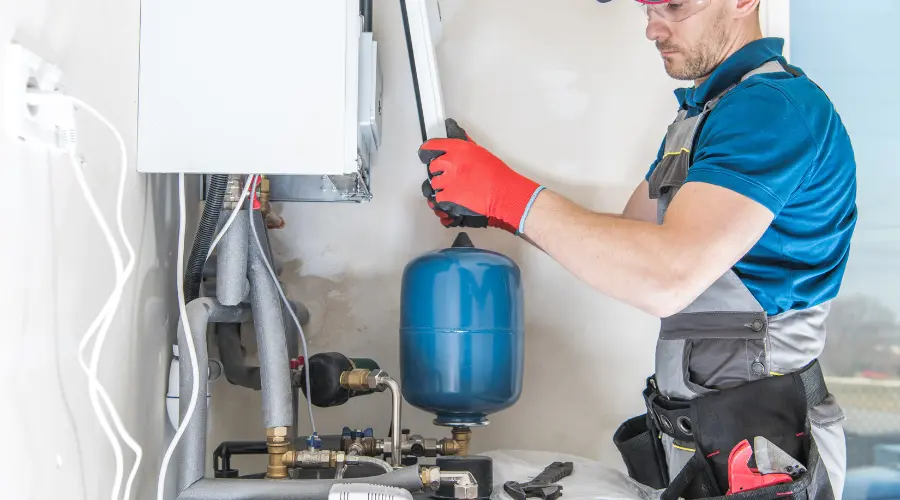A homeowner’s biggest fear might be leaks, which can result in extensive damage and unexpected costs if not addressed promptly. Quick detection and repair are crucial for preserving your home’s structural integrity and avoiding budget-busting repairs. This guide provides a detailed approach to identifying and resolving leaks efficiently, helping you protect your home and maintain financial stability.
Key Takeaways
- Detect Leaks Early: Monitor for unexplained increases in water bills and visible damage signs.
- Find the Source: Investigate potential leak sources including plumbing, appliances, and foundations.
- Fix Common Leaks: Handle minor leaks yourself, but consult professionals for major issues.
- Prevent Future Leaks: Regular maintenance and inspections can help prevent future problems.
Smart homeowners in West New York, New Jersey, and surrounding areas turn to West New York Plumber for all their plumbing needs! From minor to full system overhauls, our expert plumbers are equipped to handle any job with precision and skill.
How Can a Leak Be Detected?
Leaks often begin as minor issues but can, if left unchecked, swiftly grow into significant issues. Here’s how to spot them early:
1. Unexplained Increase in Water Bills: A sudden rise in your water bill without an obvious cause may indicate a hidden leak.
2. Visible Water Damage: Look for stains or discoloration on ceilings, walls, or floors—these are common signs of leaks.
3. Mold and Mildew Growth: Persistent mold or mildew, especially in areas that should be dry, often signals a leak.
4. Unusual Sounds: Hearing running water when no fixtures are in use could indicate a hidden leak.
How to Find and Repair Plumbing System
Locating the Source of the Leak
1. Check the Water Meter: When the water meter reads zero, turn off all the water sources in your house water. If it keeps moving, you probably have a leak.
2. Inspect Pipes and Fixtures: Examine visible pipes, faucets, and joints for moisture, corrosion, or damage. Pay special attention to areas under sinks and behind appliances.
3. Use Food Coloring: To test for toilet Put a couple food coloring drops into leaks to thereservoir. If, after 30 minutes, the color shows in the bowl, there’s a leak.
Fixing Common Types of Leaks
1. Faucet Leaks: Often due to worn-out washers or seals. Replacing these components typically stops the drip.
2. Pipe Leaks: use pipe repair tape or a repair clamp. Larger leaks usually require replacing the damaged section of the pipe.
3. Toilet Leaks: Continuous running from the base may need a new flapper or flush valve to resolve the issue.
Dealing with a leaking overflow pipe? Don’t let it disrupt your home! Check out our comprehensive how-to guide for effective fixes
Preventative Maintenance to Avoid Future Leaks
1. Regular Inspections: Periodically check your plumbing system, including pipes, fixtures, and appliances, for wear and tear.
2. Insulate Pipes: Protect pipes from freezing and bursting by insulating them during cold weather.
3. Clean Gutters: Keep gutters and downspouts clear of debris to prevent water damage to your home’s foundation.
4. Professional Maintenance: Schedule regular check-ups witha qualified plumber to spot such problems early on and take appropriate action.
Conclusion
Early detection and prompt repair of leaks can prevent expensive repairs and significant damage. By staying vigilant and performing regular maintenance, you can protect your home and finances from the repercussions. For additional information on plumbing upgrades and solutions,




